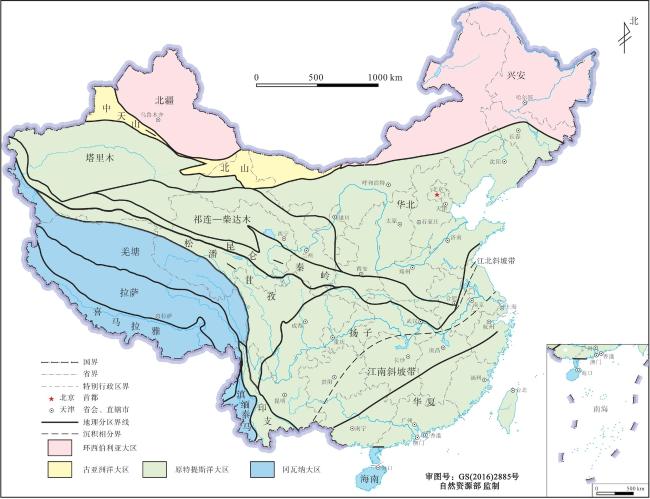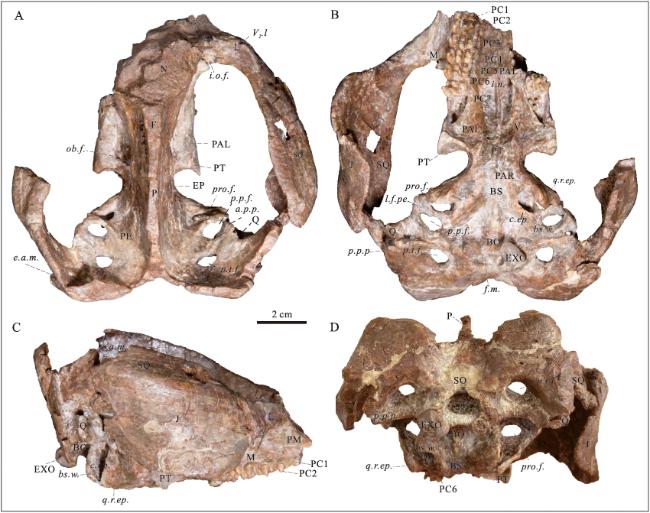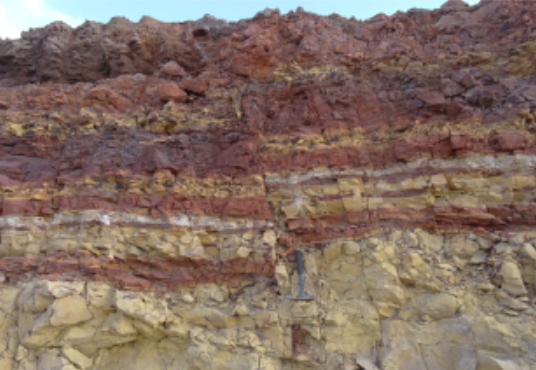
Tectonic palaeogeography is a science that studies the tectonic attributes and evolution characteristics of geographical units during geological history periods. It is an interdisciplinary subject between tectonics, sedimentology, tectonic geology, geophysics, geochemistry and palaeogeography (He Dengfa et al., 2020). The study of tectonic palaeogeography is a long and arduous task. It is expected to make progress in the following seven aspects and solve the corresponding seven problems (He Dengfa et al., 2024) : (1) The distribution positions of plates, land blocks, orogenic belts and basins in different geological periods, that is, the positioning problem; (2) The issue of tectonic boundaries and their evolution between orogenic belt systems and basin systems, namely the delving problem, including their respective distribution ranges and changes; (3) The nature and transformation of tectonic palaeogeographic units at different scales, that is, qualitative issues; (4) The issue of the genesis mechanism of tectonic palaeogeographic units under the combined control of peripheral plate activities and deep mantle dynamics, that is, the issue of "genesis". (5) The problem of tectonic palaeogeographic evolution under the integrated control of sphere dynamic processes, that is, the problem of determining the "evolution process"; (6) The methodological foundation issues of tectonic palaeogeography reconstruction based on aspects such as Earth big data and large models, that is, the "research method" issue; (7) The issue of the control of resources, energy and the environment by the evolution of tectonic palaeogeography and the habitability of the Earth, that is, the "practical application" issue.

The abundant fossils in the strata record important information about the evolution of ancient ecology, ancient environment and ancient geography, and are important empirical data for tracing the evolution of the Earth's surface system. The geographical distribution of organisms is influenced by multiple factors such as the organisms themselves, climate, and geographical environment. Therefore, the temporal and spatial distribution characteristics of biological fossils are important bases for restoring palaeoclimatology and palaeogeography. When comparing strata and reconstructing the positions of ancient plates, the evidence of biological fossils plays an irreplaceable and non-negligible role. Fossil relics are a reflection of the behavioral habits of organisms during geological history periods. They can well reveal the interaction relationship between organisms and their living environment, sensitively trace environmental parameters such as hydrodynamic conditions, salinity, nutritional conditions, pore water and oxygen content in bottom water, and substrate conditions, and thereby help determine the characteristics of paaleoenvironment, palaeooxygen phase and palaeoecology. Analyze the modification of the reservoir by biological disturbances.
